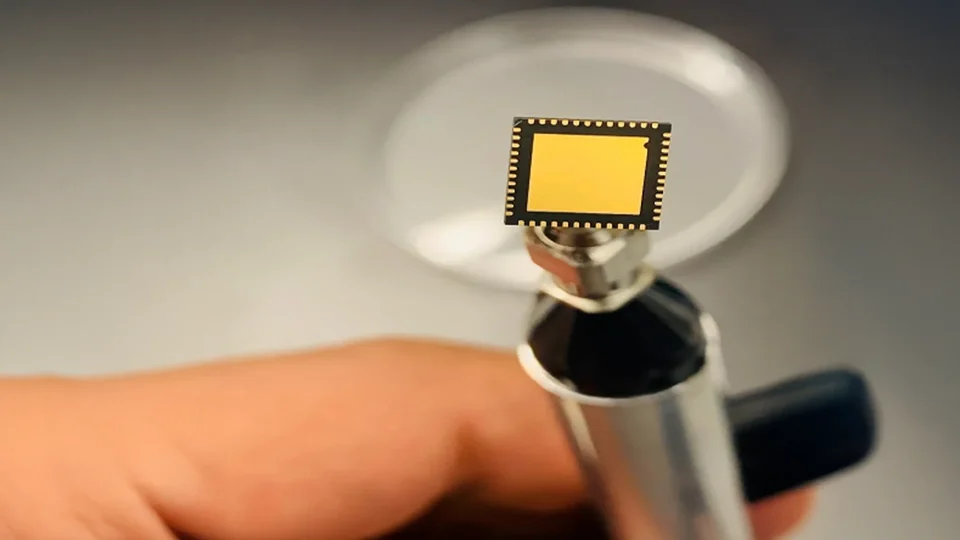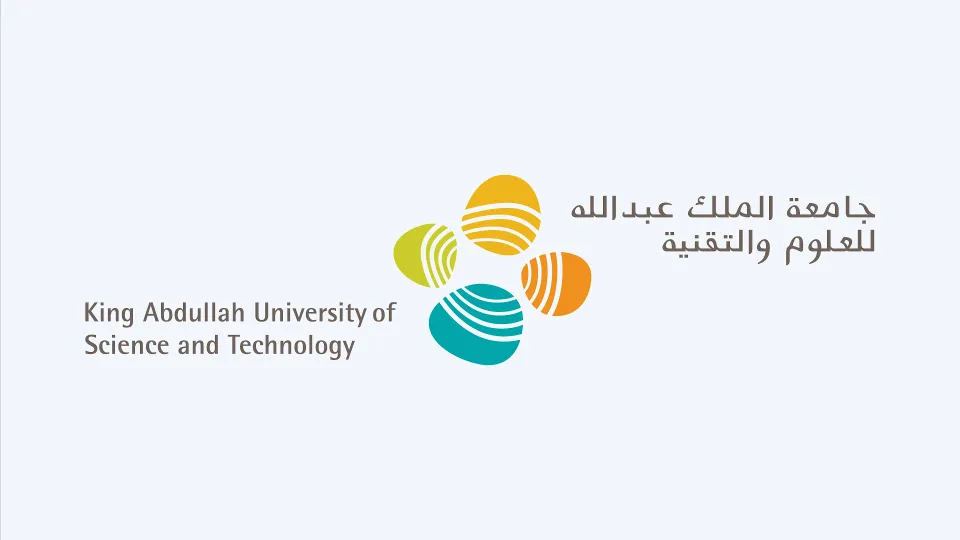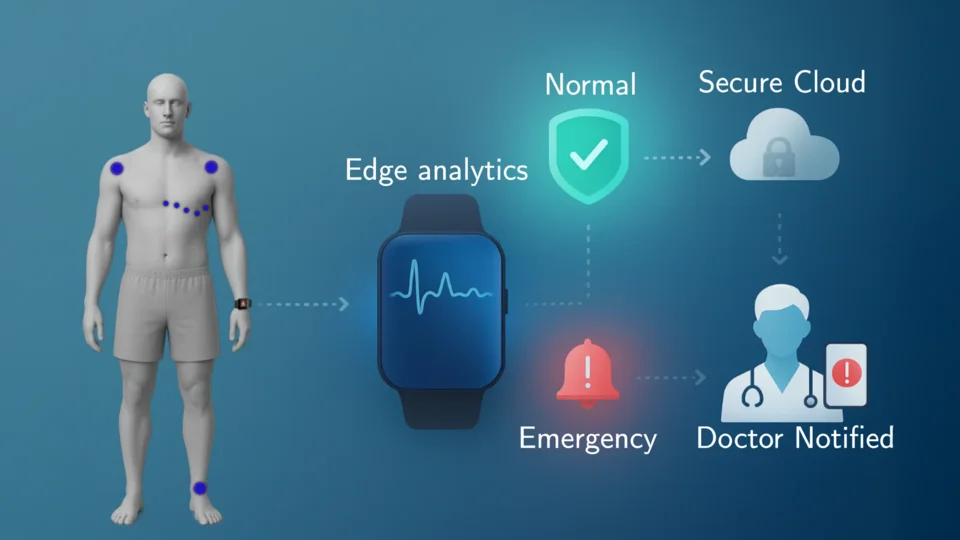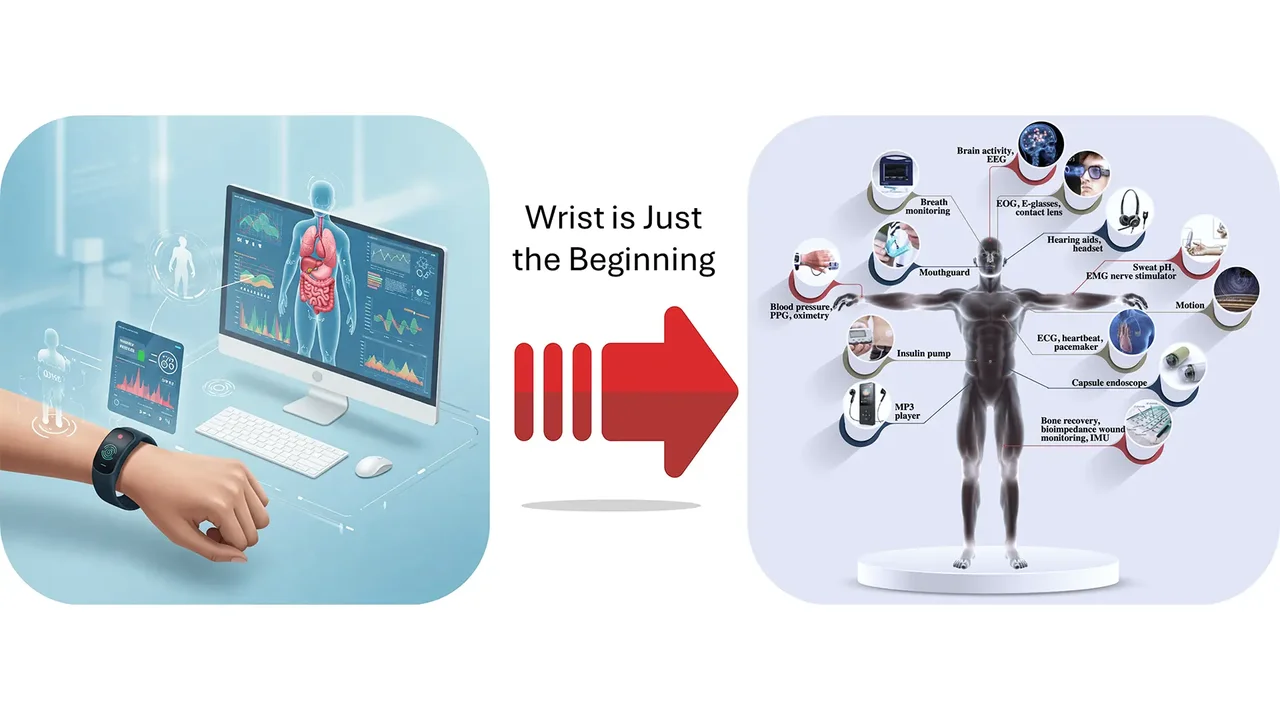
BioLink: Internet of Body via HBC for Healthcare
Overview
Human Body Communication (HBC) is an innovative technology that uses the human body itself as a transmission medium for data exchange. This approach enables secure, energy-efficient, and reliable communication between smart health sensors, wearable devices, and medical implants in and around the body. Unlike traditional wireless methods that rely on radio frequency signals prone to interference and privacy risks, HBC offers low power consumption, reduced signal loss, and enhanced data privacy by transmitting signals through direct skin or body tissue contact.
This project focuses on advancing HBC’s role within the emerging Internet of Bodies (IoB) field, working to facilitate continuous monitoring of physiological signals, real-time health data transmission, and intelligent interaction between medical devices and healthcare providers. By integrating HBC into smart health sensors, the goal is to make healthcare systems more efficient and less invasive, opening pathways for personalized medicine, remote monitoring, and timely medical intervention. This ongoing effort promises to transform how health data is collected, shared, and utilized, making healthcare more connected, secure, and accessible.
System Overview
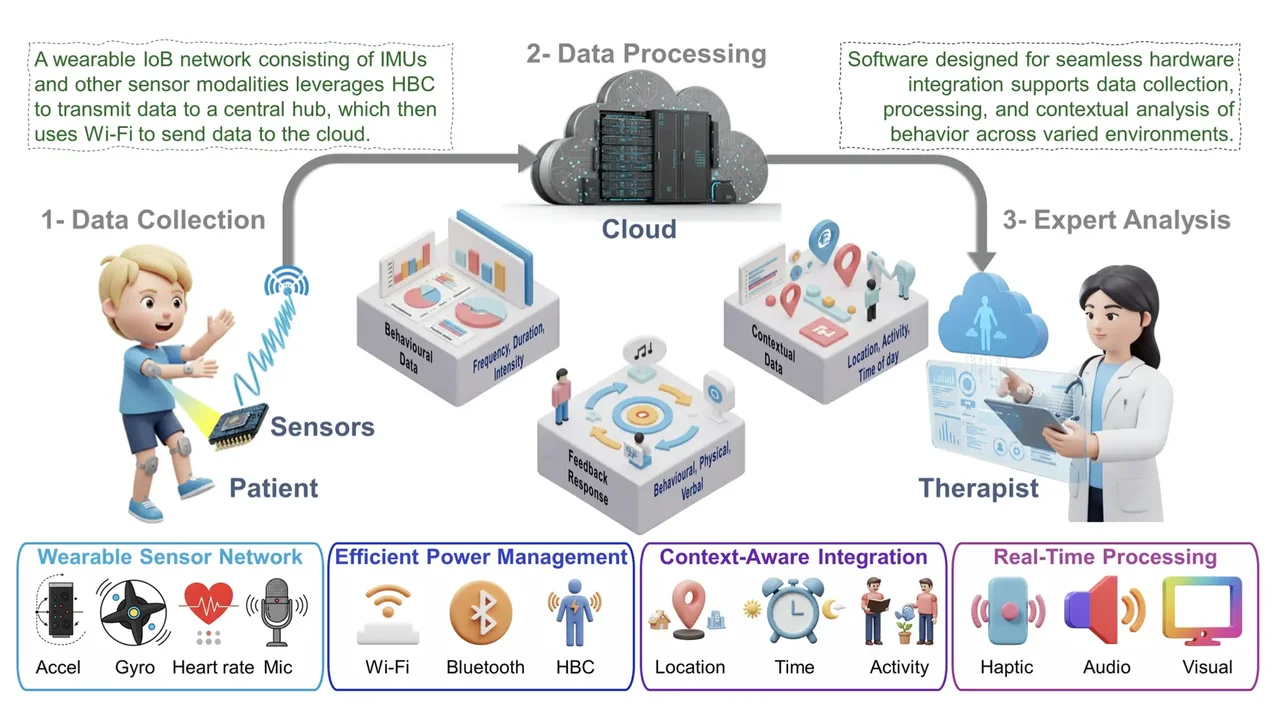
HBC: A Low-Power Alternative to RF
HBC significantly reduces power consumption compared to traditional wireless communication methods like Wi-Fi. It enables ultra-low-power connectivity with multi-node capability, which is essential for wearable and implantable health sensors. This approach supports continuous, energy-efficient data transmission through the body, allowing longer battery life and more reliable operation in body area networks. By minimizing current consumption, HBC offers a sustainable and scalable solution for smart health monitoring and connected healthcare systems.
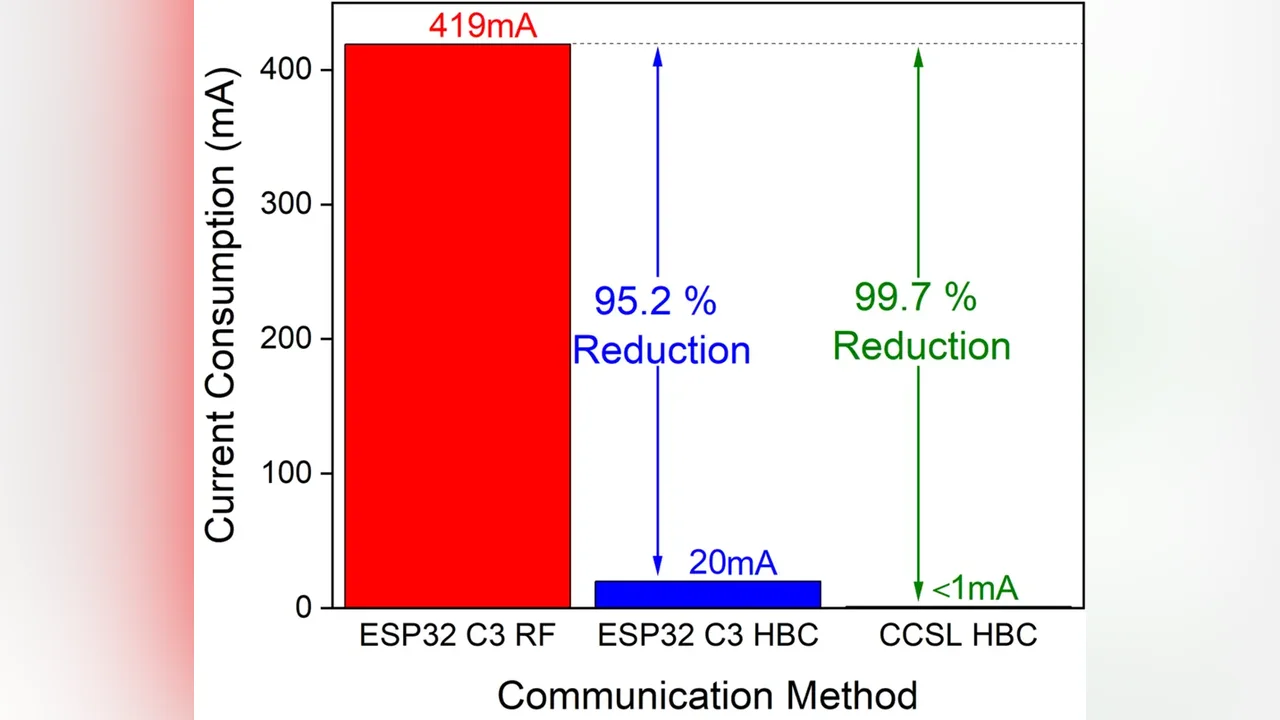
IMU and ECG Data Transfer Through HBC
Advanced wearable sensors, such as IMUs and EXG devices, leverage ultra-reliable HBC wireless technology to deliver robust motion and health monitoring with high accuracy. IMUs are capable of capturing subtle parameters like pitch, roll, and yaw, and are integrated with microcontroller units configured for HBC, allowing effortless wireless data transfer at low data rates without sacrificing precision. These sensors can be placed on any body part to support diverse smart health and movement analysis applications, making motion tracking comfortable and unobtrusive.
EXG sensors, including ECG devices, focus on vital signal monitoring such as heartbeats. An ECG transmitter positioned on the chest employs three electrodes—two for ECG measurement and one dedicated to HBC—enabling real-time signal transmission to a receiver worn on the wrist, entirely free from external cabling. This setup not only allows continuous cardiac monitoring but also ensures seamless platform connectivity for immediate health insights.
With multiple IMU, EXG, and other sensor nodes spread throughout the body, wearable networks enable efficient, cable-free monitoring, offering alternatives to traditional wired arrangements. These advanced systems improve patient comfort, enhance the reliability of measurements, and open new possibilities for remote healthcare and real-world diagnostics.
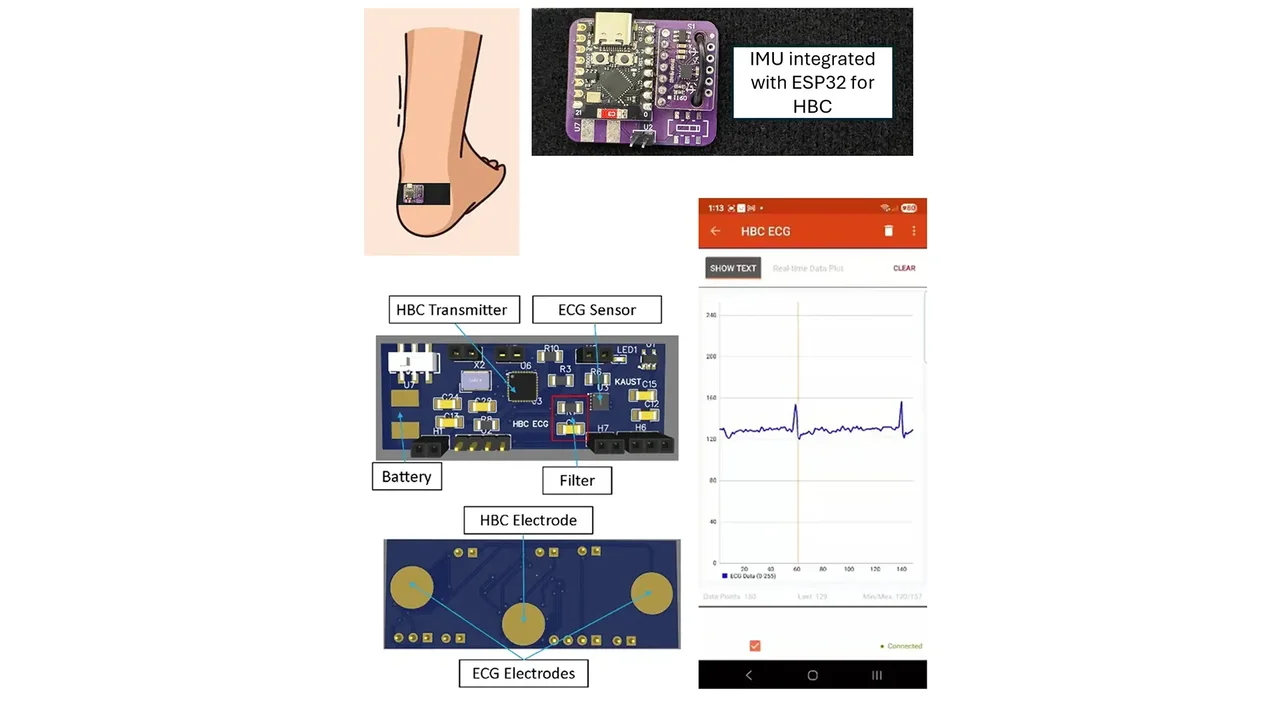
How to download/use the Dataset
The related files will be made available after the manuscript is published.
Copyright
The data and results presented in this work are protected by copyright and may only be used with proper citation.



